Transcriptional profiling analysis of Penicillium digitatum, the causal agent of citrus green mold, unravels an inhibited ergosterol biosynthesis pathway in response to citral
- PMID: 27514516
- PMCID: PMC4982135
- DOI: 10.1186/s12864-016-2943-4
Transcriptional profiling analysis of Penicillium digitatum, the causal agent of citrus green mold, unravels an inhibited ergosterol biosynthesis pathway in response to citral
Abstract
Background: Green mold caused by Penicillium digitatum is the most damaging postharvest diseases of citrus fruit. Previously, we have observed that citral dose-dependently inhibited the mycelial growth of P. digitatum, with the minimum inhibitory concentration (MIC) of 1.78 mg/mL, but the underlying molecular mechanism is barely understood.
Results: In this study, the transcriptional profiling of the control and 1/2MIC-citral treated P. digitatum mycelia after 30 min of exposure were analyzed by RNA-Seq. A total of 6355 genes, including 2322 up-regulated and 4033 down-regulated genes, were found to be responsive to citral. These genes were mapped to 155 KEGG pathways, mainly concerning mRNA surveillance, RNA polymerase, RNA transport, aminoacyl-tRNA biosynthesis, ABC transporter, glycolysis/gluconeogenesis, citrate cycle, oxidative phosphorylation, sulfur metabolism, nitrogen metabolism, inositol phosphate metabolism, fatty acid biosynthesis, unsaturated fatty acids biosynthesis, fatty acid metabolism, and steroid biosynthesis. Particularly, citral exposure affected the expression levels of five ergosterol biosynthetic genes (e.g. ERG7, ERG11, ERG6, ERG3 and ERG5), which corresponds well with the GC-MS results, the reduction in ergosterol content, and accumulation of massive lanosterol. In addition, ERG11, the gene responsible for lanosterol 14α-demethylase, was observed to be the key down-regulated gene in response to citral.
Conclusion: Our present finding suggests that citral could exhibit its antifungal activity against P. digitatum by the down-regulation of ergosterol biosynthesis.
Keywords: Citral; Ergosterol biosynthesis; Penicillium digitatum; RNA-Seq.
Figures
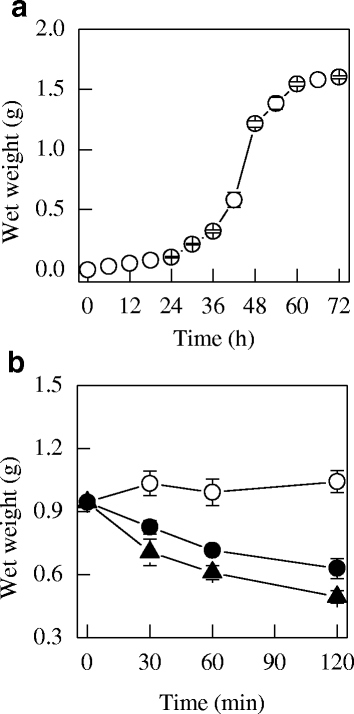

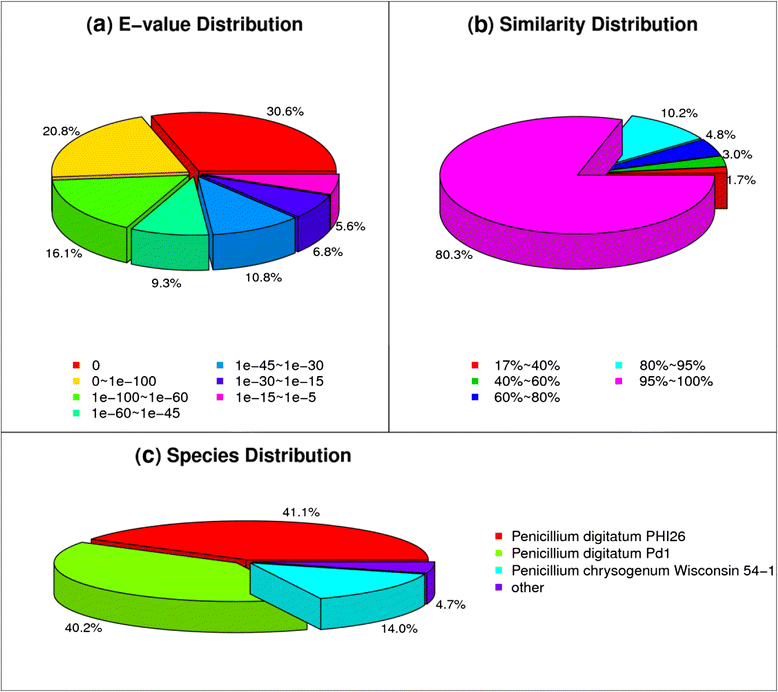
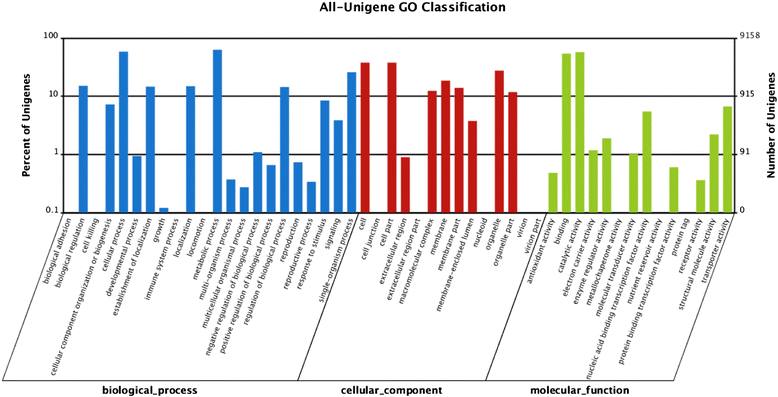
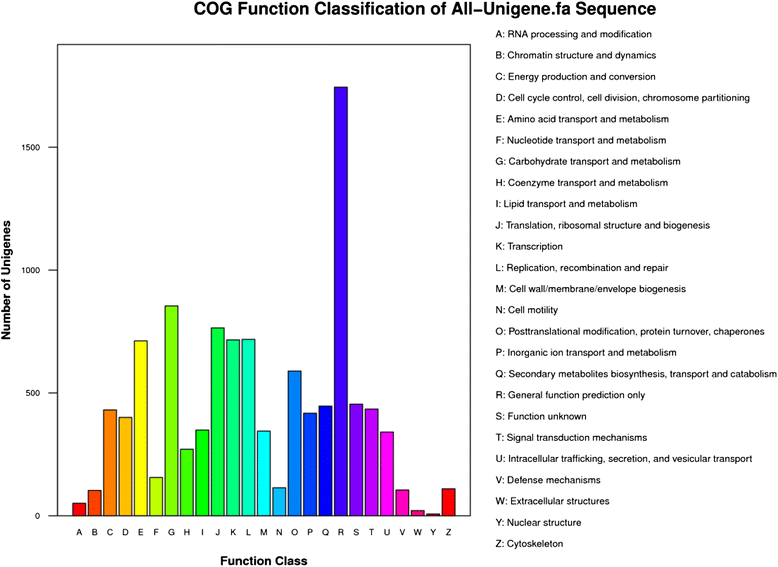
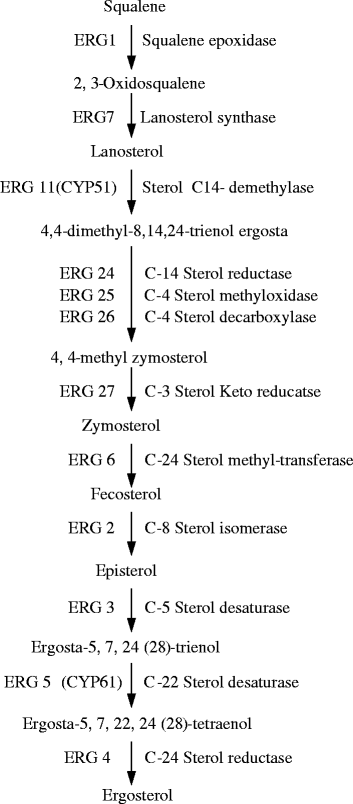
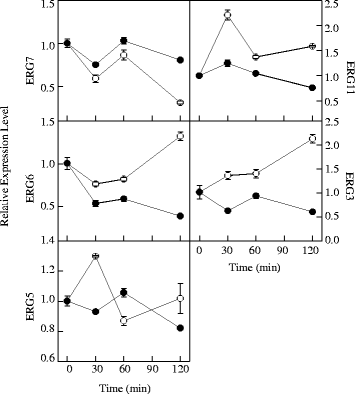

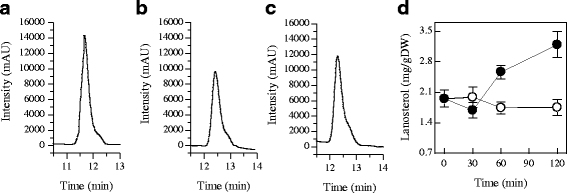
Similar articles
-
Functional characterization of the Dsc E3 ligase complex in the citrus postharvest pathogen Penicillium digitatum.Microbiol Res. 2017 Dec;205:99-106. doi: 10.1016/j.micres.2017.07.005. Epub 2017 Jul 21. Microbiol Res. 2017. PMID: 28942851
-
PdCYP51B, a new putative sterol 14α-demethylase gene of Penicillium digitatum involved in resistance to imazalil and other fungicides inhibiting ergosterol synthesis.Appl Microbiol Biotechnol. 2011 Aug;91(4):1107-19. doi: 10.1007/s00253-011-3355-7. Epub 2011 Jun 3. Appl Microbiol Biotechnol. 2011. PMID: 21637936
-
Optimised expression and spectral analysis of the target enzyme CYP51 from Penicillium digitatum with possible new DMI fungicides.Pest Manag Sci. 2010 Dec;66(12):1344-50. doi: 10.1002/ps.2021. Epub 2010 Sep 7. Pest Manag Sci. 2010. PMID: 20824690
-
Penicillium digitatum infection mechanisms in citrus: What do we know so far?Fungal Biol. 2019 Aug;123(8):584-593. doi: 10.1016/j.funbio.2019.05.004. Epub 2019 May 13. Fungal Biol. 2019. PMID: 31345412 Review.
-
Biological Control of Citrus Postharvest Phytopathogens.Toxins (Basel). 2019 Aug 6;11(8):460. doi: 10.3390/toxins11080460. Toxins (Basel). 2019. PMID: 31390769 Free PMC article. Review.
Cited by
-
Plant secondary metabolite citral interferes with Phytophthora capsici virulence by manipulating the expression of effector genes.Mol Plant Pathol. 2023 Aug;24(8):932-946. doi: 10.1111/mpp.13340. Epub 2023 Apr 24. Mol Plant Pathol. 2023. PMID: 37092279 Free PMC article.
-
Protection of postharvest grains from fungal spoilage by biogenic volatiles.Appl Microbiol Biotechnol. 2023 Jun;107(11):3375-3390. doi: 10.1007/s00253-023-12536-x. Epub 2023 Apr 28. Appl Microbiol Biotechnol. 2023. PMID: 37115251 Review.
-
Metabolomic analyses revealed multifaceted effects of hexanal on Aspergillus flavus growth.Appl Microbiol Biotechnol. 2021 May;105(9):3745-3757. doi: 10.1007/s00253-021-11293-z. Epub 2021 Apr 20. Appl Microbiol Biotechnol. 2021. PMID: 33880599
-
Effects of Peptide C12-OOWW-NH2 on Transcriptome and Cell Wall of the Postharvest Fungal Pathogen Penicillium digitatum.Front Microbiol. 2020 Sep 17;11:574882. doi: 10.3389/fmicb.2020.574882. eCollection 2020. Front Microbiol. 2020. PMID: 33042086 Free PMC article.
-
Study on the anti-biofilm mechanism of 1,8-cineole against Fusarium solani species complex.Front Pharmacol. 2022 Oct 14;13:1010593. doi: 10.3389/fphar.2022.1010593. eCollection 2022. Front Pharmacol. 2022. PMID: 36330094 Free PMC article.
References
-
- Smilanick JL, Mansour MF, Gabler FM, Sorenson D. Control of citrus postharvest green mold and sour rot by potassium sorbate combined with heat and fungicides. Postharvest Biol Tec. 2008;47:226–38. doi: 10.1016/j.postharvbio.2007.06.020. - DOI
-
- Wuryatmo E, Able AJ, Ford CM, Scott ES. Effect of volatile citral on the development of blue mould, green mould and sour rot on navel orange. Australas Plant Path. 2014;43:403–11. doi: 10.1007/s13313-014-0281-z. - DOI
-
- Droby S, Eick A, Macarisin D, Cohen L, Rafael G, Stange R, McColumb G, Dudaic N, Nasserd A, Wisniewski M, et al. Role of citrus volatiles in host recognition, germination and growth of Penicillium digitatum and Penicillium italicum. Postharvest Biol Tec. 2008;49:386–96. doi: 10.1016/j.postharvbio.2008.01.016. - DOI
MeSH terms
Substances
LinkOut - more resources
Full Text Sources
Other Literature Sources
Miscellaneous

